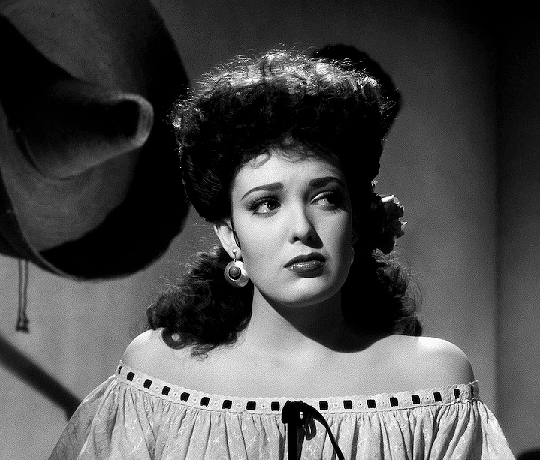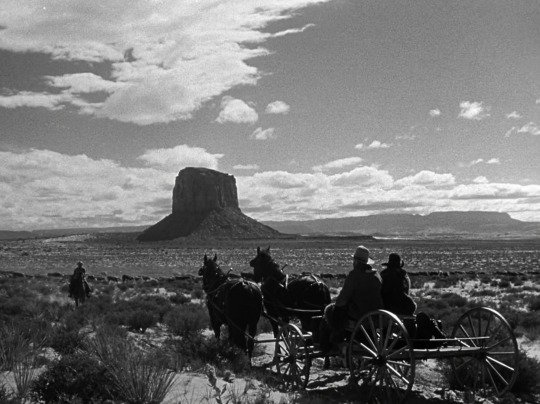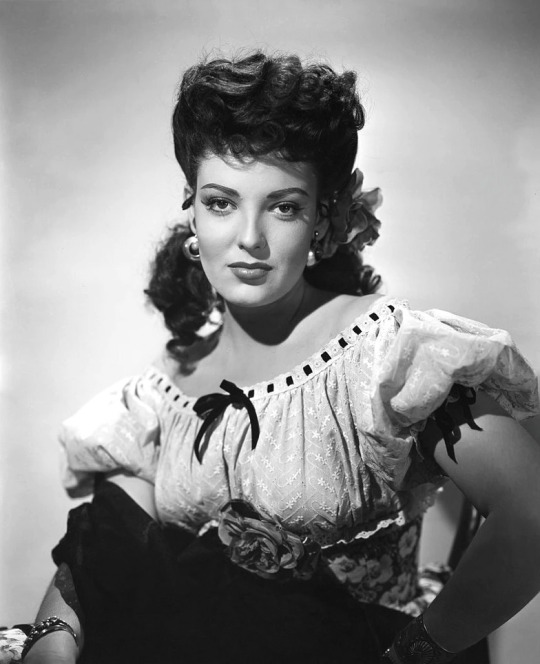#My Darling Clementine
Explore tagged Tumblr posts
Text






Linda Darnell as Chihuahua in My Darling Clementine 1946, dir. John Ford
#my darling clementine#filmgifs#moviegifs#usermandie#usersugar#uservita#uservienna#userdeforest#films#*#mdc*#filmedit#chihuahua the woman you are
354 notes
·
View notes
Text










My Darling Clementine (1946) dir. John Ford
#My Darling Clementine#John Ford#Henry Fonda#Tim Holt#Victor Mature#Linda Darnell#Cathy Downs#1940s#film#ours#by michi#filmedit#userteri#usersugar#userlenie#uservienna#userlera#usercande#userdeforest#flashing gif
384 notes
·
View notes
Text





Linda Darnell in MY DARLING CLEMENTINE 1946 | John Ford
#my darling clementine#filmedit#henricavyll#usermichi#userelissa#uservita#classicfilmblr#silverscreendames#linda darnell#~#mdc*
529 notes
·
View notes
Note
friend! back in the ds9 days you talked about a trope where a doctor had to talk a non-doctor/medic through a medical treatment in a critical situation? and i was wondering if you have any recs for that trope? love x
Well first up I can say I have NOT ENOUGH injured doctors having to talk someone else through treating them [edited to clarify!], but will do my utmost to share as much of this deliciously intense situaysh that I can!!
Number 1: definitely Master & Commander: The Far Side of the World (2003) dir. Peter Weir, 10/10, they're boy best friends, there's a little mirror someone has to hold up and EVERYTHING. I am also 100% positive this happens in one of the original Aubreyad novels too but have no clue which one at the moment, truly could be any of them [edit: O'Brian buds are saying this is HMS Surprise, typical behavior of that book so I believe it]
Secondly: Saving Private Ryan (1998) dir. Steven Spielberg, warning that like much of that movie it is BRUTAL, oh my god, oh my god! But is also exactly this, for all that is....I'll just tell you it's not sunny for this poor little guy :(
This is a twist on this but is a moment so high-key insane to me that when it happened in the theater I genuinely punched the arm of my platonic date: Crimson Peak (2015) dir. Guillermo del Toro. Good odds you may have already seen this & if so you already know, if not will say the twist is Danger Cahoots, another primo trope imo
And lastly, this is also not precisely this but I think may appeal if this is a vibe you are into: you might quite like Doc Holliday in My Darling Clementine (1946) dir. John Ford. He is a surgeon, he is also suffering from tuberculous, he can casually quote Shakespeare, and you learn all these facts after the top level fact of him being a powerful dangerous bank robber and the ostensible antagonist to our protagonist, reluctant new sheriff Henry Fonda, but guess what: they get along. Very very interesting & rewarding dynamic, good shit 100 emoji etc
I am certainly forgetting others so very much hope this becomes a meeting point for other enjoyers of this who can share more!
#replies#teddy-after-all#Master & Commander: The Far Side of the World#Saving Private Ryan#Crimson Peak#My Darling Clementine#Wellntruly's Watch Log
33 notes
·
View notes
Text


My Darling Clementine (1946) by John Ford
#john ford#my darling clementine#film#cinema#movie#movie stills#film frames#cinematography#movies#films#henry fonda#cathy downs
104 notes
·
View notes
Text
















My Darling Clementine (1946) directed by John Ford
#my darling clementine#john ford#film#cinema#western#wyatt earp#tombstone#classic#breathtaking#scenery
17 notes
·
View notes
Text


You ever been in love?
#My Darling Clementine#john ford#Henry Fonda#J. Farrell MacDonald#wyatt earp#tombstone#scenephile#movie quotes#film quotes#movie scenes#movie scene#film scene
51 notes
·
View notes
Text

14 notes
·
View notes
Photo




My Darling Clementine John Ford. 1946
Opening Indn, Route 42, Oljato-Monument Valley, AZ 84536, USA See in map
See in imdb
#john ford#my darling clementine#monument valley#henry fonda#western#cowboy#utah#movie#cinema#film#location#google maps#street view#1946#opening titles
70 notes
·
View notes
Text


'what happened?'
'shaving'
#my darling clementine#wyatt earp#doc holliday#1940s cinema#henry fonda#victor mature#black and white#american western
18 notes
·
View notes
Text
I am a chewtoy 😔

2 notes
·
View notes
Text









My Darling Clementine, John Ford, 1946
22 notes
·
View notes
Text

Linda Darnell as Chihuahua in My Darling Clementine 1946 🏜️
#old hollywood#beauty#romantic drama#western#1940s cinema#linda darnell#henry fonda#victor mature#john ford#my darling clementine
23 notes
·
View notes
Text
MY DARLING CLEMENTINE IS ON GRIT TONIGHT AND IT'S ON THE SHOOTOUT SCENE THEY'RE WATCHING ON M*A*S*H IM CRY 😭
7 notes
·
View notes
Text

John Ireland being visited by John Ford on set of 55 Days at Peking (1963), 1963. Ford had previously directed Ireland's first Western movie My Darling Clementine (1946).
© Courtesy Everett Collection [X]
#55 days at peking#my darling clementine#john ireland#john ford#bts#1960s#somehow i get shivers by watching this#after 20 years of their first collaboration they still are friends & colleagues#warms my heart#my edit#own post
5 notes
·
View notes
Photo

“ Henry Fonda on location during filming of My Darling Clementine (1946) “
Source: tooldhollywoodandbeyond
#vintage#glamour#celebrity#henry fonda#legend#icon#old hollywood#movie#my darling clementine#1946#1940s
18 notes
·
View notes